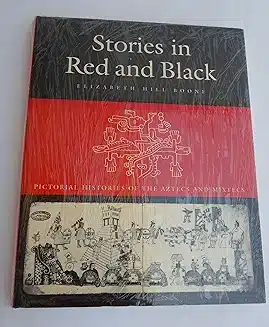Description
pp. 296, “Elizabeth Boone has written a book that is remarkable in many ways, a work that historians, archaeologists, anthropologists, and art historians will realize they have been in need of once they have delved into it. In an unparalleled effort, she takes the reader through dozens of central Mexican and Oaxacan manuscripts, broadly speaking, ‘the pictorial histories of the Aztecs and Mixtecs,’ according to her subtitle; most of them were made just before the Spanish invasion of Mexico in 1519, or in the first few generations after. At the end, the reader not only knows what is in any given manuscript, according to Boone’s reading, but also how to find one’s own way through a manuscript.” –Hispanic American Historical Review The Aztecs and Mixtecs of ancient Mexico recorded their histories pictorially in images painted on hide, paper, and cloth. The tradition of painting history continued even after the Spanish Conquest, as the Spaniards accepted the pictorial histories as valid records of the past. Five Pre-Columbian and some 150 early colonial painted histories survive today. This copiously illustrated book offers the first comprehensive analysis of the Mexican painted history as an intellectual, documentary, and pictorial genre. Elizabeth Hill Boone explores how the Mexican historians conceptualized and painted their past and introduces the major pictorial records: the Aztec annals and cartographic histories and the Mixtec screenfolds and lienzos. Boone focuses her analysis on the kinds of stories told in the histories and on how the manuscripts work pictorially to encode, organize, and preserve these narratives. This twofold investigation broadens our understanding of how preconquest Mexicans used pictographic history for political and social ends. It also demonstrates how graphic writing systems created a broadly understood visual “language” that communicated effectively across ethnic and linguistic boundaries.”






